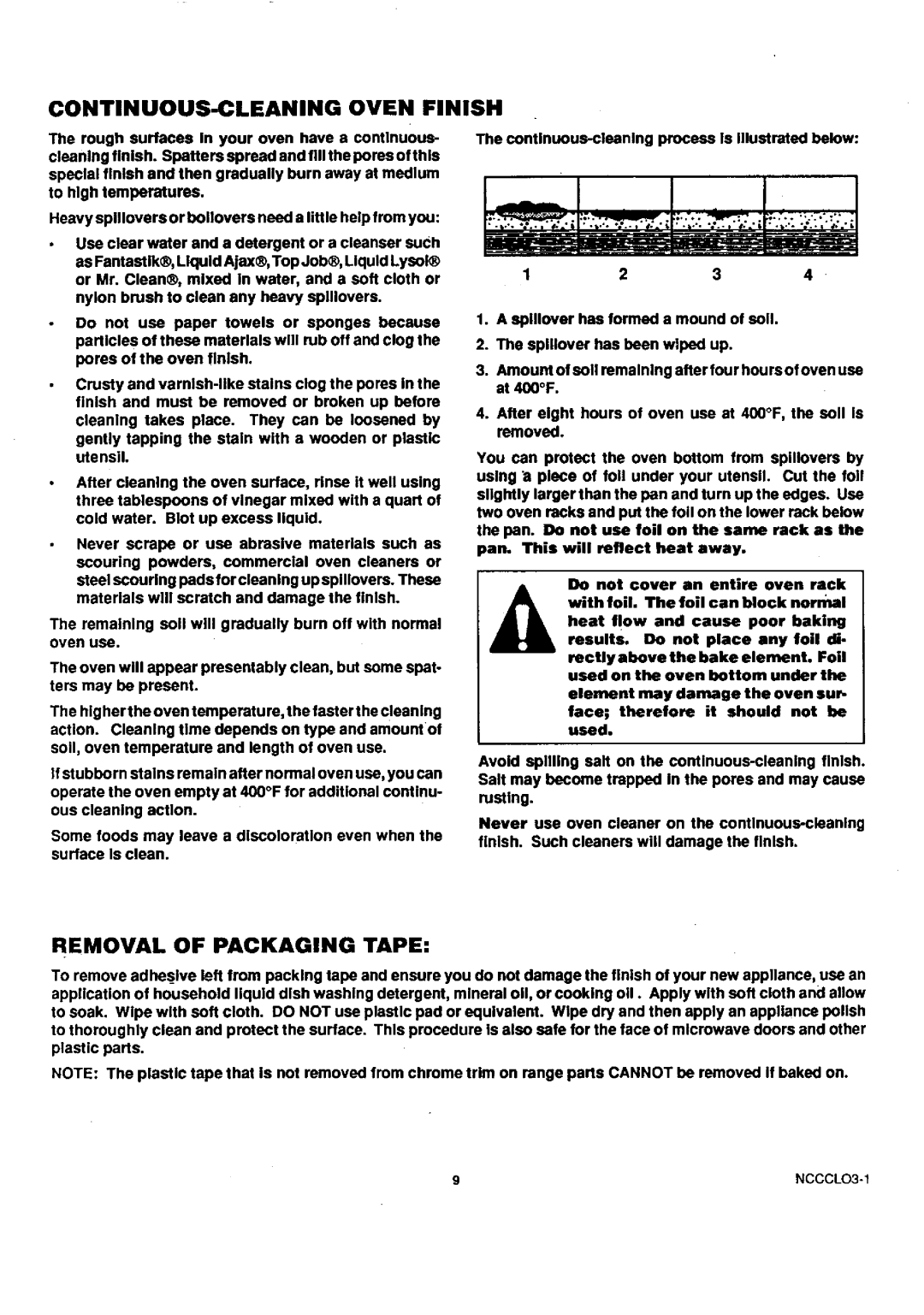45320, 45221, 45321 specifications
Sears 45321, 45221, and 45320 are models that have gained notoriety in the realm of consumer products, particularly in the home appliance category. These models are characterized by their robust design, innovative technologies, and a range of features that cater to the modern consumer's demands.The Sears 45321 is recognized for its superior energy efficiency, making it an attractive option for environmentally-conscious buyers. This model employs advanced inverter technology, which optimizes power usage while maintaining exceptional performance standards. The result is a significant reduction in energy consumption, which not only benefits the planet but also translates into lower utility bills for users.
In contrast, the Sears 45221 focuses on versatility and convenience. It offers a multi-functional design, allowing it to serve various purposes within the kitchen. This model is equipped with smart technology features, including Wi-Fi connectivity, which enables users to control their appliance remotely via smartphone applications. This seamless integration with modern lifestyles allows users to monitor cooking times and adjust settings from anywhere in the house, fostering a truly connected home experience.
Sears 45320 is built for durability and resilience, featuring high-quality materials that ensure longevity and reliability. This model is particularly popular among larger families due to its increased capacity, allowing for larger meals without sacrificing cooking quality. The robust build is complemented by an easy-to-use interface, designed to simplify the cooking process, even for those who may not consider themselves culinary experts.
All three models boast a modern aesthetic that fits seamlessly into contemporary kitchen designs. Their sleek lines and polished finishes contribute to a visually appealing look, making them a significant addition to any home.
In summary, the Sears 45321, 45221, and 45320 models represent a blend of energy efficiency, versatility, and durability. They highlight the evolution of home appliances, where technology and design come together to enhance the user experience. Whether for eco-conscious consumers, tech-savvy individuals, or large families, these models offer a range of features that meet diverse needs and preferences. The reputation of Sears as a trusted brand further solidifies the appeal of these products in today's competitive market.

